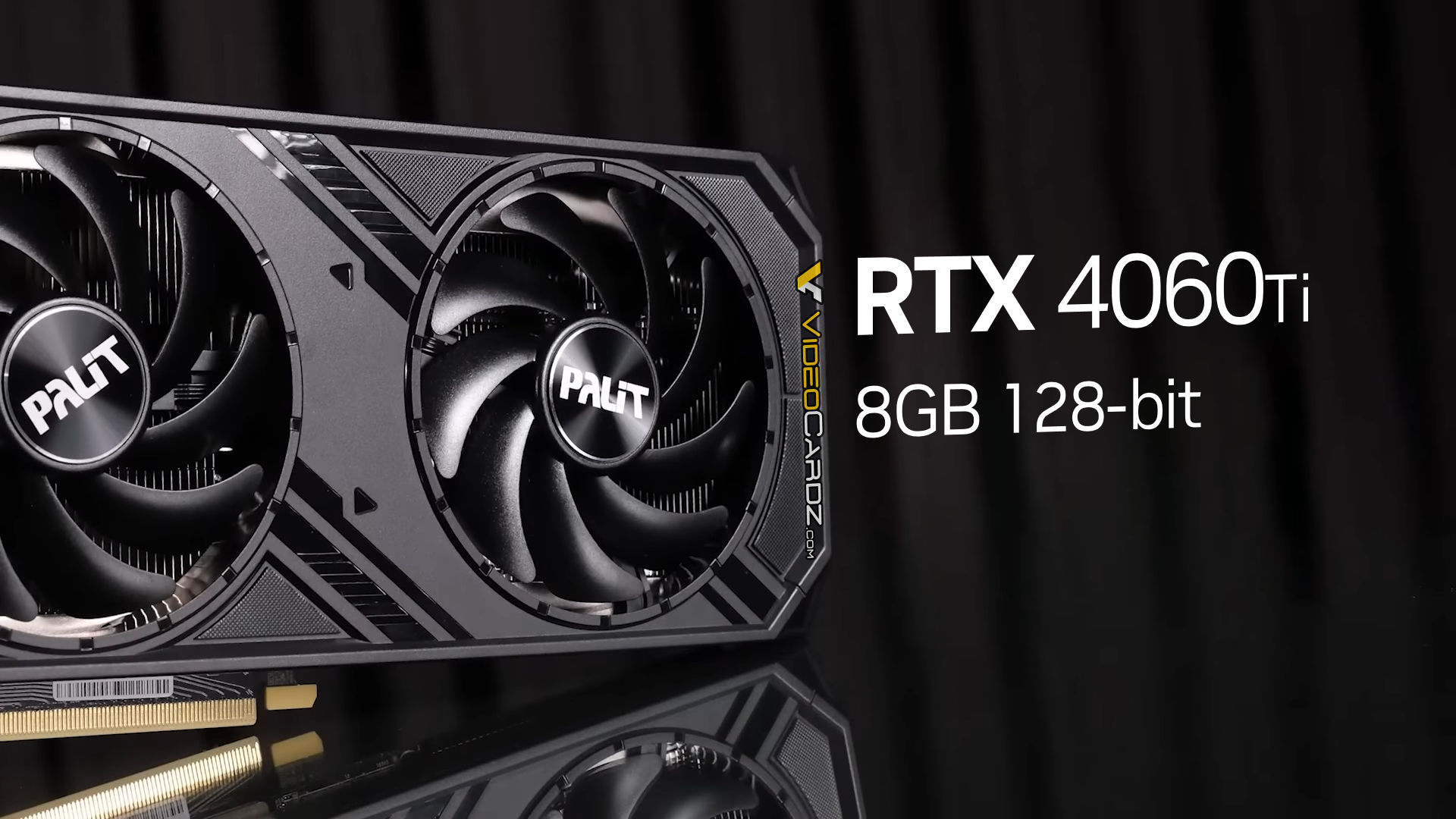After running and rerunning the various encodes multiple times, we've done our best to try and level the playing field, but it's still quite bumpy in places. Maybe there are some options that can improve quality without sacrificing speed that we're not familiar with, but if you're not planning on putting a ton of time into figuring such things out, these results should provide a good baseline of what to expect.
For all the hype about AV1 encoding, in practice it really doesn't look or feel
that different from HEVC. The only real advantage is that AV1 is supposed to be royalty free (there are some lawsuits in progress contesting this), but if you're archiving your own movies you can certainly stick with using HEVC and you won't miss out on much if anything. Maybe AV1 will take over going forward, just like H.264 became the de facto video standard for the past decade or more. Certainly it has some big names behind it, and now all three of the major PC GPU manufacturers have accelerated encoding support.
From an overall quality and performance perspective, Nvidia's latest Ada Lovelace NVENC hardware comes out as the winner with AV1 as the codec of choice, but right now it's only available with GPUs that start at $799 — for the
RTX 4070 Ti. It should eventually arrive in 4060 and 4050 variants, and those are already shipping in laptops,
though there's an important caveat: the 40-series cards with 12GB or more VRAM have dual NVENC blocks, while the other models will only have a single encoder block, which could mean about half the performance compared to our tests here.
Right behind Nvidia in terms of quality and performance, at least as far as video encoding is concerned, Intel's Arc GPUs are also great for streaming purposes.
They actually have higher quality results with HEVC than AV1, basically matching Nvidia's 40-series. You can also use them for archiving, sure, but that's likely not the key draw. Nvidia definitely supports more options for tuning, however, and seems to be getting more software support as well.
AMD's GPUs meanwhile continue to lag behind their competition. The RDNA 3-based RX 7900 cards deliver the highest-quality encodes we've seen from an AMD GPU to date, but that's not saying a lot. In fact, at least with the current version of ffmpeg, quality and performance are about on par with what you could get from a GTX 10-series GPU back in 2016 — except without AV1 support, naturally, since that wasn't a thing back then.
We suspect very few people are going to buy a graphics card purely for its video encoding prowess, so check our
GPU benchmarks and our
Stable Diffusion tests to see how the various cards stack up in other areas. Next up, we need to run updated numbers for Stable Diffusion, and we're looking at some other AI benchmarks, but that's a story for another day.



 But I do have 5 years warranty with Zotac so there is that!
But I do have 5 years warranty with Zotac so there is that!









